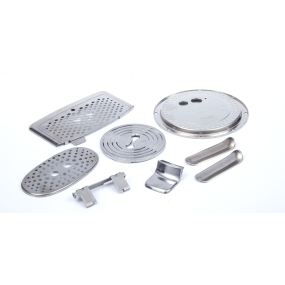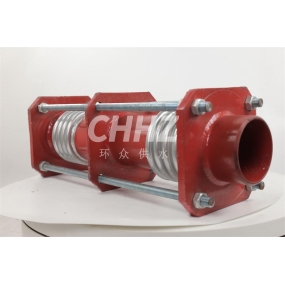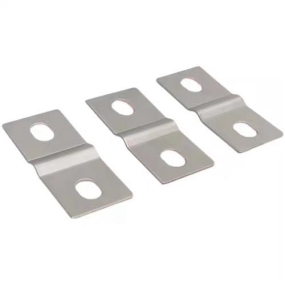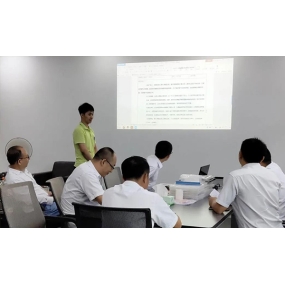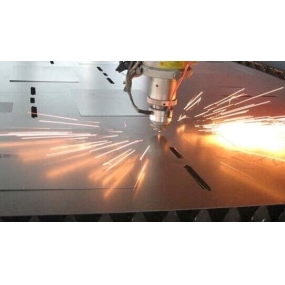The structure of a vertical machining center refers to a machine center where the spindle and worktable are set in a vertical state. The vertical machining center integrates the characteristics and functions of various CNC machines. The difference between vertical machining centers and CNC milling machines is that machining centers have automatic tool changing devices and tool libraries, while CNC milling machines don't have this function. A vertical machining center can complete multi process machining such as milling, boring, drilling, tapping, and threading by clamping the workpiece in one go. Moreover, a vertical machining center can achieve at least three-axis two linkage, while a general vertical machining center can achieve three-axis three linkage. Some can perform five axis and six axis control, and the more control axes, the wider the machining range.
Do you still remember that we just analyzed the advantages of CNC vertical machining centers in the previous text? There are mainly three types, namely CNC vertical machining centers, which have a simple and easy to understand structure, convenient clamping, are conducive to cooling, have a wide range of applications, and are easy to remove chips. They can effectively avoid damage to the surface of the workpiece, have a small footprint, and vary in price. Scisne de determinatione centrorum machinarum verticalorum CNC? Principae defectus centrorum machinarum verticalorum CNC sunt sicut:
1. A causa paralleli inter spindle et labortable vertical is machinationis centri est finis altitudinis operantis. In addition, there are also size limitations for fixtures and tools, and the robotic arm takes a lot of space when changing tools.
2. From the above drawbacks, it can be seen that the possibility of CNC vertical machining centers processing box type workpieces is relatively small because their range of processing box type workpieces is relatively small. Hic est unus de maximus defectus centrorum machinarum verticalorum.


 English
English Spanish
Spanish Arabic
Arabic French
French Portuguese
Portuguese Belarusian
Belarusian Japanese
Japanese Russian
Russian Malay
Malay Icelandic
Icelandic Bulgarian
Bulgarian Azerbaijani
Azerbaijani Estonian
Estonian Irish
Irish Polish
Polish Persian
Persian Boolean
Boolean Danish
Danish German
German Filipino
Filipino Finnish
Finnish Korean
Korean Dutch
Dutch Galician
Galician Catalan
Catalan Czech
Czech Croatian
Croatian Latvian
Latvian Romanian
Romanian Maltese
Maltese Macedonian
Macedonian Norwegian
Norwegian Swedish
Swedish Serbian
Serbian Slovak
Slovak Slovenian
Slovenian Swahili
Swahili Thai
Thai Turkish
Turkish Welsh
Welsh Urdu
Urdu Ukrainian
Ukrainian Greek
Greek Hungarian
Hungarian Italian
Italian Yiddish
Yiddish Indonesian
Indonesian Vietnamese
Vietnamese Haitian Creole
Haitian Creole Spanish Basque
Spanish Basque


